Demystifying Seiko 5
How the watch line came to be
The new generation of Seiko 5s
When you think about receiving your first watch from your folks, or when you’re just about getting your first automatic watch, Seiko is usually one of the first few brand names that would pop up in that conversation. Chances of receiving a Seiko 5 is definitely in that conversation. This was the case for me when I graduated from high school when my folks gifted me my first Seiko 5. So what’s the deal with Seiko 5?
1963 Seiko 5 Sportsmatic
The Birth of Seiko 5
In 1963, Seiko debuted the Sportsmatic 5, their first ever automatic day-date watch designed by Ren Tanaka. Since its success, Seiko 5 later went on to be one of the most important line in the Seiko catalog. The concept of the Seiko 5 stemmed off of an idea to create a line of watches that were affordable, of quality and made for students and young folks.
Seiko 5 Line
Ever wondered what the 5 stood for in Seiko 5 watches? Different sources say different things. According to Ren Tanaka, he felt the uneven number '5’ made it youthful and dynamic. However, Seiko suggests otherwise. Apparently it represents the 5 attributes that watches possess. The watch line had to have an automatic movement, a day-date complication at the 3 o’clock position, water resistance, a recessed crown at the 4 o’clock position and durable case and bracelet.
Automatic movement
Numerous movements were used in the Seiko 5 line; but the 7s26 was almost as recognizable as the line of watches itself. It came with Seiko’s bi-directional winding design called the Magic Lever. It was developed in the late 50s to automatically wind the watch. The 7s26 comes with a 40 hour power reserve, 21 jewels and a day-date complication.
Japanese kanji day complication
Day-date display at the three o'clock position
Japan follows the East Asian system to name their days of the week which were partially based on the five visible planets that were named after the five Chinese elements; fire 火, water 水, wood 木, metal 金 and earth 土 to represent its days. Tanaka had the idea of having the elements of the characters to be used on the complication so when the local Japanese people glanced at their watches, they’d know instantly what day it was. While the Seiko 5 line was going to be distributed at a larger global scale, Tanaka also had English day complications.
Water resistance
Water resistance to the watches was a no-brainer to include for the line of watches for Seiko 5. Back in the 50s and 60s, watches and water did not go hand in hand. Water resistance was usually seen in bigger and bulky dive watches at the time. Since the Seiko 5 line was targeted towards everyday people, he wanted to include this feature to at least withstand light splashes or a quick dip when swimming.
A recessed crown at 4 o’clock position
Having the crown at the 4 o’clock position made the watches to be worn more comfortably. Seiko mentioned that it also makes it a lot easier to set the time, date and day of the watch. Rumor has it that the design intention behind the position of the crown was to highlight the efficiency of the Magic Lever. It was so efficient that people didn’t need to operate the crown to use the watch. To this day, the design signature of having the recessed crown at the 4 o’clock position is synonymous with the Seiko brand.
Durable case and bracelet
The design on the case and bracelet was the next consideration after making the decision to make the watches water resistant. Back then, watches came with leather straps, so when deciding that the Seiko 5 line of watches were to be waterproof, leather straps were a no go. Thus giving a chance to consider a stainless steel bracelet and case.
Out with the old, in with the new
2019 saw the release of the new generation of the Seiko 5 Sports Line. New line, new logo and sub categories within the line, Sports, Suits, Specialists, Street and Sense, but how did Seiko get there?
The Elephant in the room
The latest Seiko 5 watches seem to be inspired by the now discontinued legendary Seiko SKX. Sad to say that the moment the Seiko 5 line was re-released, it was about the same time Seiko decided to discontinue the SKX. Some design cues did make it over to the new line and some didn’t. The new Seiko 5 does not have the same ISO rating as its predecessor. Though the silver lining is that the current Seiko 5 or as fans call it, “5KX” is still compatible with the SKX parts to mod. It almost seems that Seiko tipped its hat to modders.
Seiko 5 Sports x Brian May of Queen.
Seiko 5 Partnerships
To our own knowledge, the old Seiko 5 line of watches had no brand partnerships. However the new and updated Seiko 5 line says otherwise. One of the partnerships that caught my attention was the Street Fighter Collaboration. Seiko released 6 watches based on the 6 characters from the game. It sort of brought back some memories to the watches I owned as a kid.
Another partnership that I didn’t know I wanted was the Brian May Red Special. As a Queen fan and guitar player, this one maybe I can consider. The dial of the watch is based on Brian May, lead guitarist of Queen’s electric guitar and Seiko really nailed this one! There’s a long back story to why that electric guitar is important to Brian May and Queen but that’s probably a story for another day.
Despite mixed feelings among Seiko enthusiasts on the latest Seiko 5 line, the company is still doing its job by providing the world with in-house movements, a day-date complication, water resistance, a recessed crown at the 4 o’clock position and a durable case and bracelet while keeping prices somewhat affordable.
Seiko SNK803
Seiko SNK803
So would I recommend Seiko 5 to a first time buyer? Definitely yes. I still believe that people get their bang per buck with these watches. However if I were to make a recommendation from the previous line of Seiko 5, I’d recommend looking into the SNK800 series of watches. It’s pretty impressive with the price point of about $100. What you get is an in-house movement from an established brand, coming in multiple colors, an easy to read dial to tell the time. I’d also say that it’s probably one of the best watches to start your modding journey.

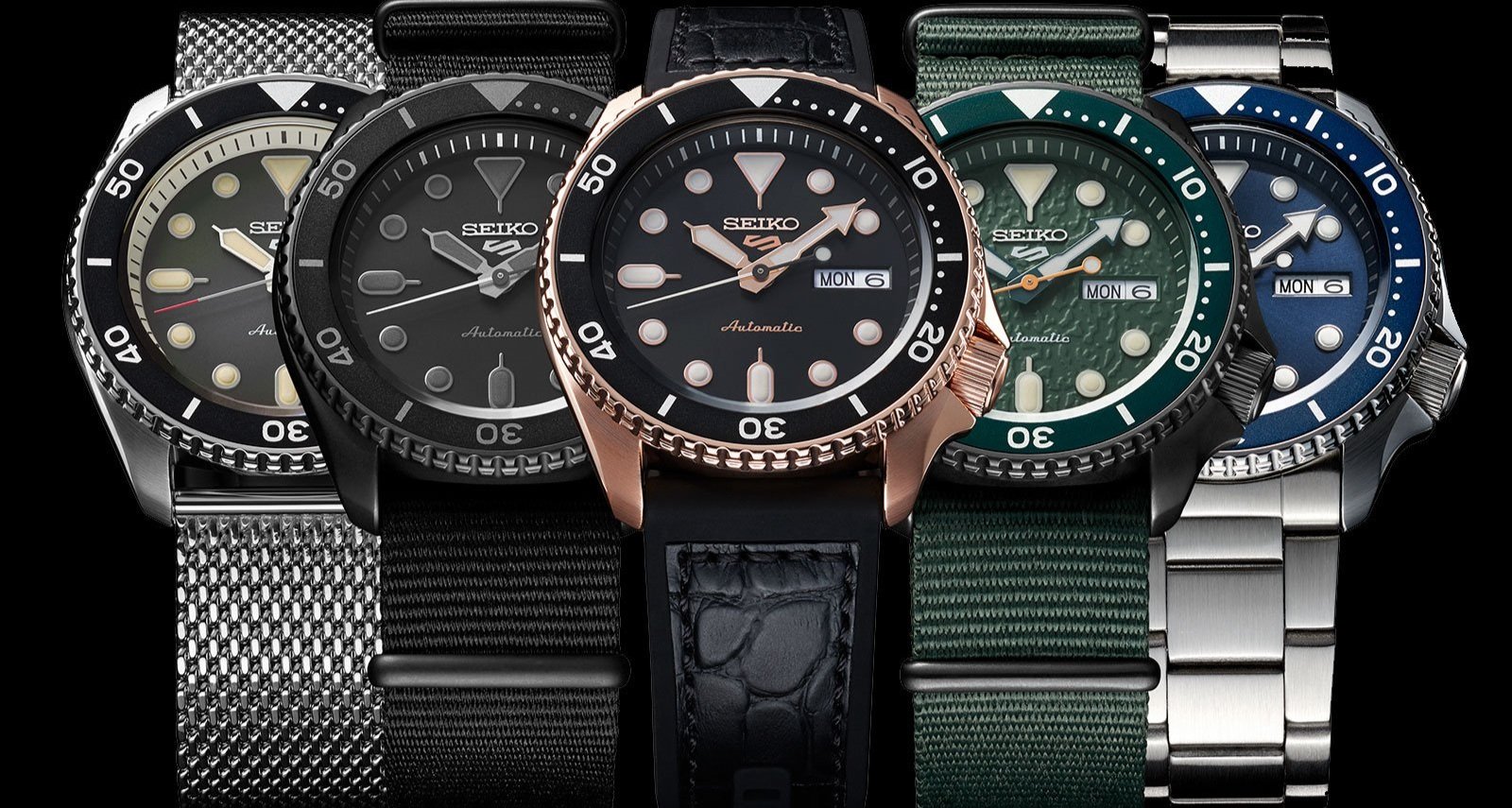
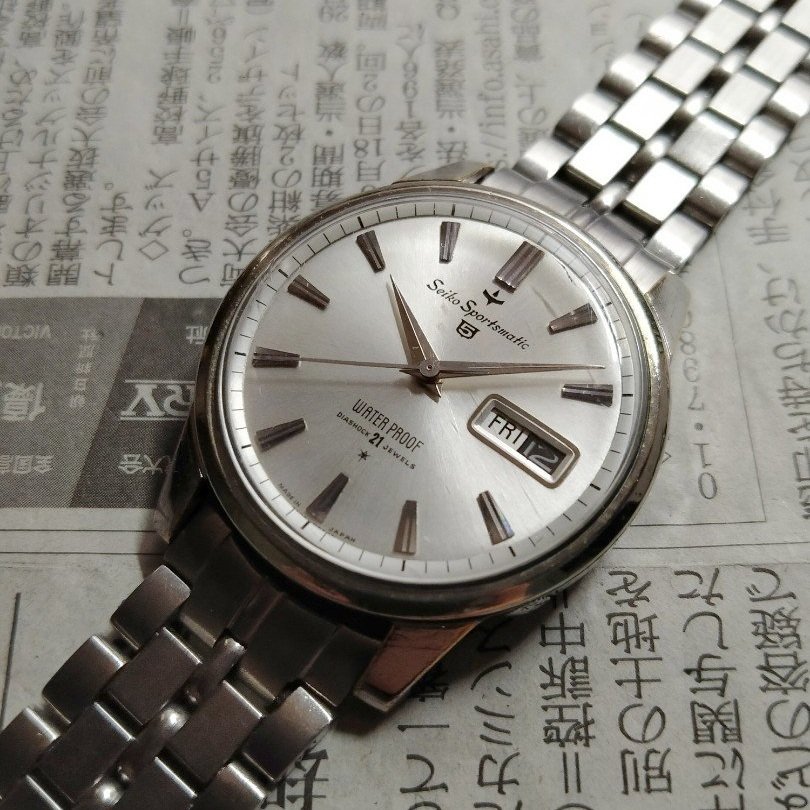
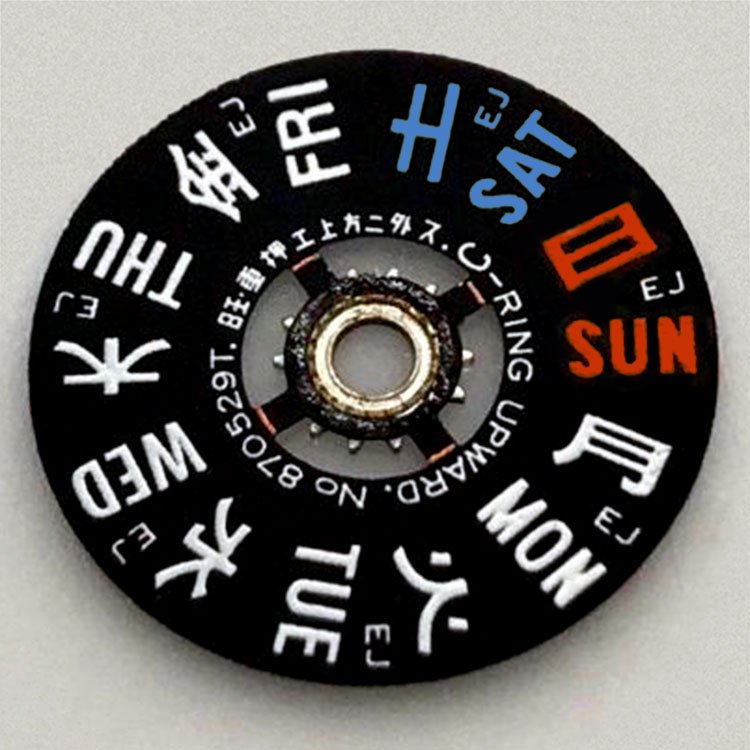

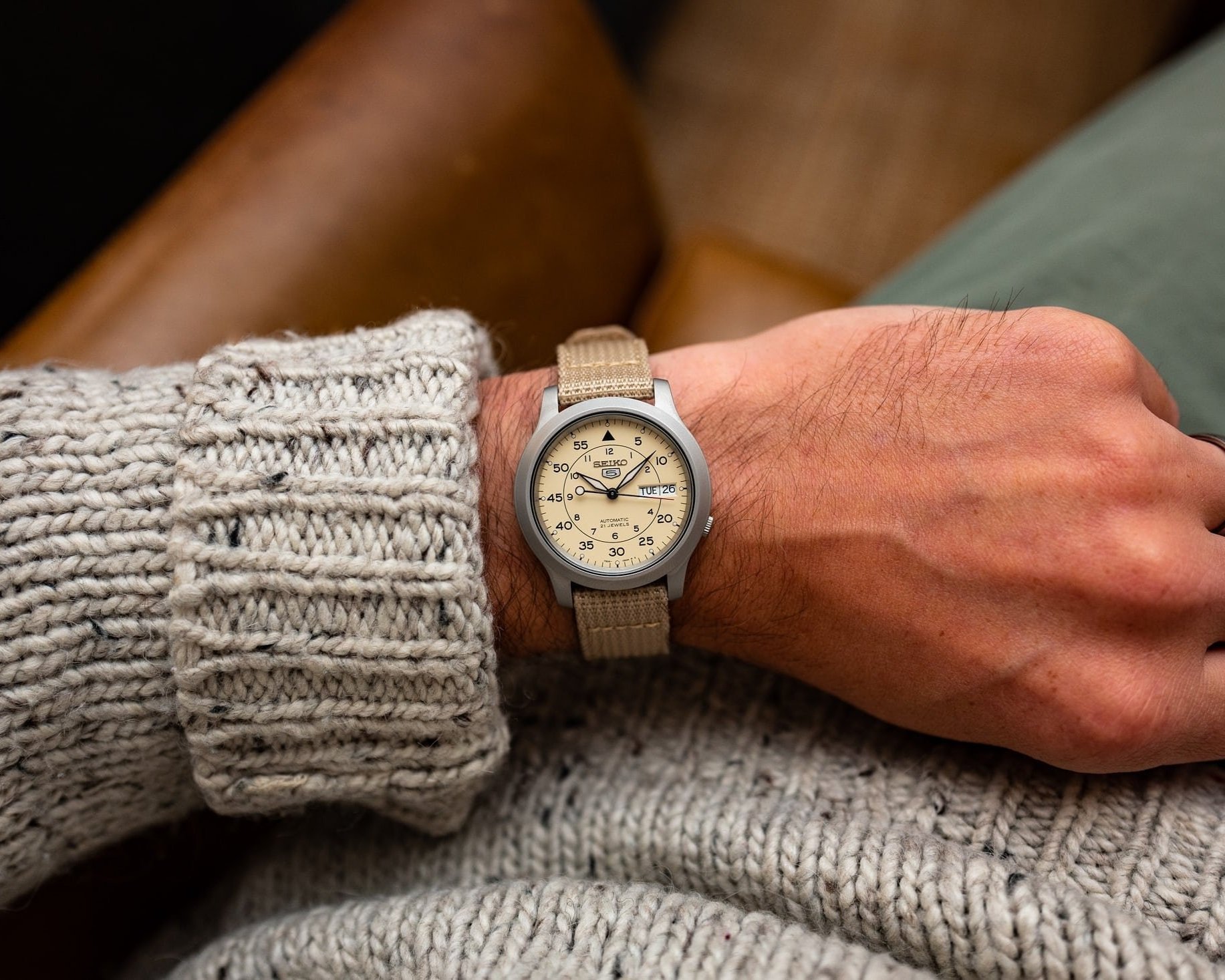




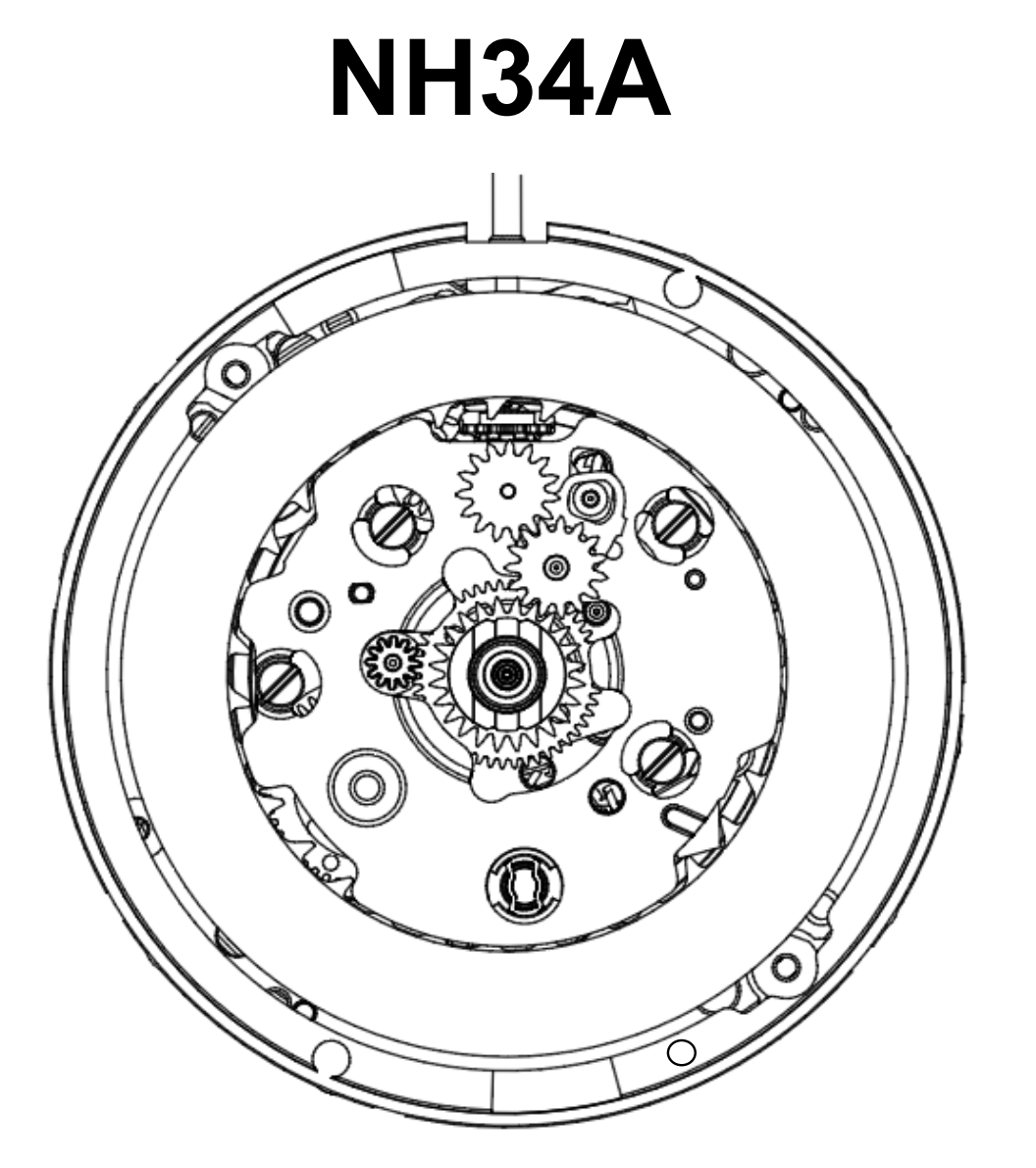


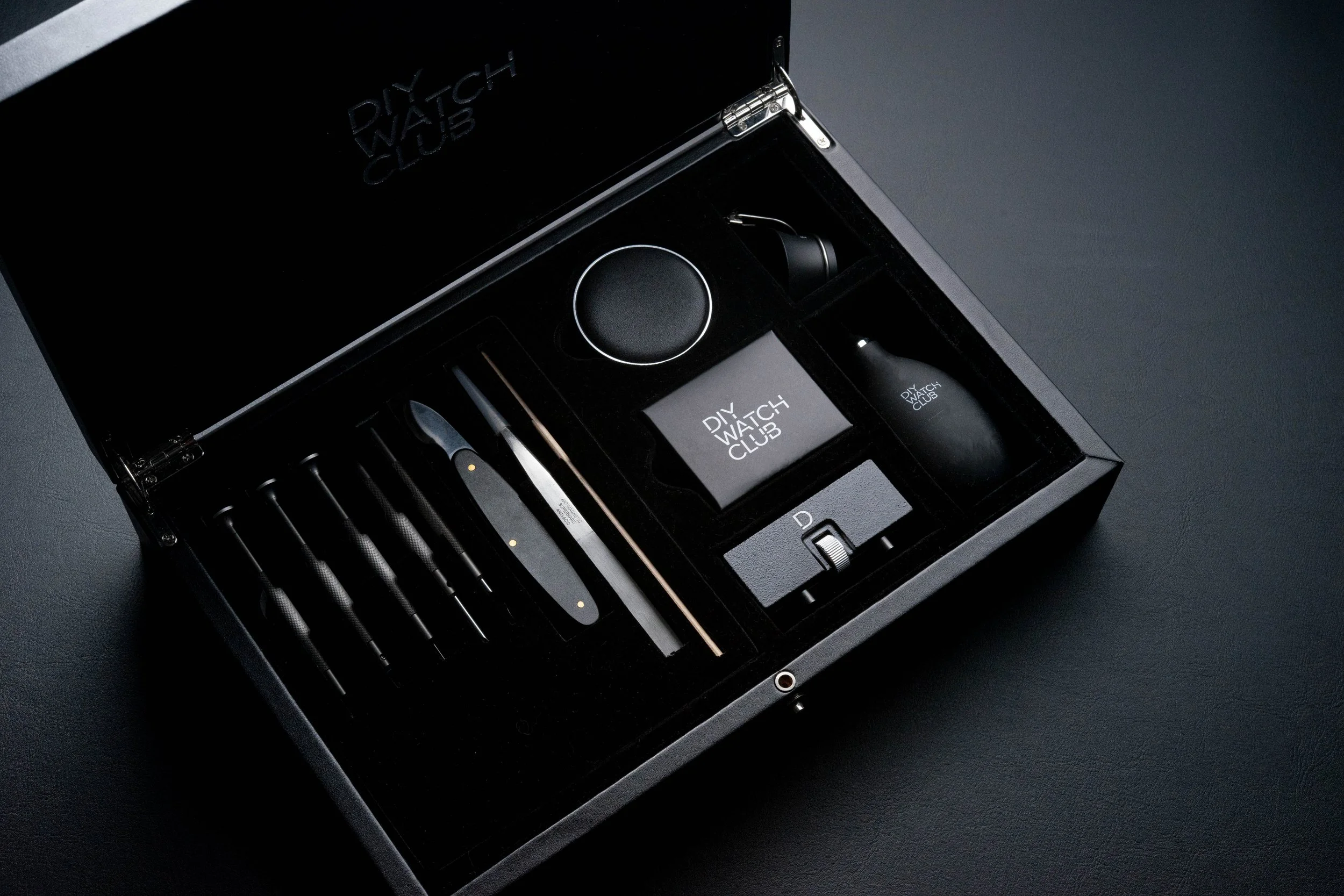

Blued hands and screws are ubiquitous existences in the history of watchmaking. Behind that frequent appearance though is a history and science that go beyond the aesthetic value of flame bluing.